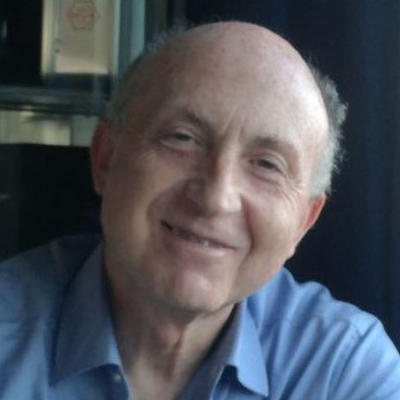Selected Papers from NanoTech Poland 2018 and 1st Symposium on Polydopamine
A special issue of Biomimetics (ISSN 2313-7673).
Deadline for manuscript submissions: closed (31 October 2018) | Viewed by 29564
Special Issue Editors
Interests: nanoscience and nanotechnology; physics and chemistry of surfaces and thin films; structure and dynamics in soft matter (colloids; surfactants; block copolymers; miktoarms and dendrimer polymers; nanoparticles in confined space; biomaterials); NMR imaging; NMR relaxation and diffusion; and molecular modelling and simulations
Special Issues, Collections and Topics in MDPI journals
Interests: polydopamine; the chemistry of catecholic materials; nanotechnology; nanomedicine; bioinspired drug carriers; multifunctional nanoparticles; application of bioinspired materials in brain tumor therapy
Interests: structure, synthesis, physicochemical properties, and reactivity of melanins; polydopamine and related bioinspired functional materials for underwater surface functionalization and hybrid nanostructures for bioelectronics and biomedical applications; design, antioxidant properties, and reactivity of bioactive phenolic and quinone compounds; free radical oxidations and nature-inspired redox-active systems for biomedical and technological applications; chemistry and physicochemical properties of natural or bioinspired heterocyclic compounds; bioorganic chemistry of organic sulphur and selenium compounds; model reactions and transformation pathways of polycyclic aromatic hydrocarbons and derivatives of astrochemical relevance
Special Issues, Collections and Topics in MDPI journals
Special Issue Information
Dear Colleagues,
Recent advances in nanoscience and nanotechnology have proven their potential to contribute enabling sustainable and novel solutions for energy, biomedicine and the environment. By covering topics from advanced nanomaterials and nanobiomedicine, this Special Issue aims to provide a forum and survey for the current status and future perspectives of this rapidly emerging field.
This Special Issue is cooperating with the NanoTech Poland 2018 conference and the 1st Symposium on Polydopamine (http://nanotechpoland.amu.edu.pl/). Registered participants of this conference are invited to submit their manuscripts to be considered for publication. Authors may consider to contribute an original research article or review in areas related to the conference themes.
Prof. dr hab. Stefan Jurga
Dr. Radosław Mrówczyński
Prof. Marco d'Ischia
Prof. Haeshin Lee
Guest Editors
Manuscript Submission Information
Manuscripts should be submitted online at www.mdpi.com by registering and logging in to this website. Once you are registered, click here to go to the submission form. Manuscripts can be submitted until the deadline. All submissions that pass pre-check are peer-reviewed. Accepted papers will be published continuously in the journal (as soon as accepted) and will be listed together on the special issue website. Research articles, review articles as well as short communications are invited. For planned papers, a title and short abstract (about 100 words) can be sent to the Editorial Office for announcement on this website.
Submitted manuscripts should not have been published previously, nor be under consideration for publication elsewhere (except conference proceedings papers). All manuscripts are thoroughly refereed through a single-blind peer-review process. A guide for authors and other relevant information for submission of manuscripts is available on the Instructions for Authors page. Biomimetics is an international peer-reviewed open access monthly journal published by MDPI.
Please visit the Instructions for Authors page before submitting a manuscript. The Article Processing Charge (APC) for publication in this open access journal is 2200 CHF (Swiss Francs). Submitted papers should be well formatted and use good English. Authors may use MDPI's English editing service prior to publication or during author revisions.
Keywords
- novel nanostructured and nanoscale materials
- nanoparticles, nanocomposites, hybrid nanostructures
- surface physico-chemistry
- nanomaterials for clean and sustainable technology
- nanomaterials for energy conversion and storage devices
- renewable energy technologies
- MEMS/NEMS
- nanosensors
- green nanotechnology
- nanomaterials for catalysis
- nanomembranes and nanofilters
- theory, modelling and design of nanomaterials and nanodevices
- nanoscaled biomaterials and biodevices
- nanobiotechnology
- nanomaterials for bioimaging
- nanomaterials for drug and nucleic acids delivery
- nanomaterials for therapy and diagnostics (theranostics)
- nanotoxicology in vitro/in vivo, health and environmental effects
- nanoparticle-based biosensors
- regenerative medicine
- polydopamine
- catechols
- bioinspired materials








